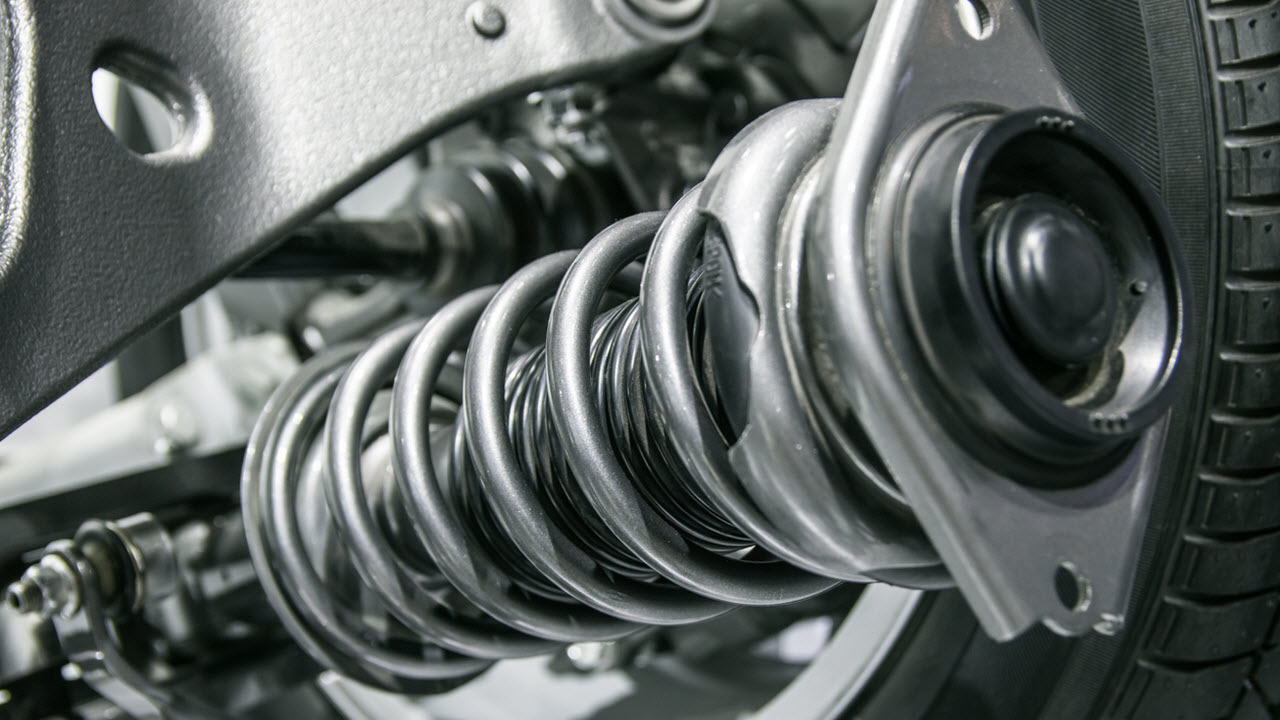
Your vehicle’s suspension system plays a critical role in ensuring a smooth, safe, and controlled driving experience. It absorbs shocks, maintains tire contact with the road, and ensures stability, even on uneven terrain. However, like any mechanical system, the suspension is subject to wear and tear, which can lead to various issues affecting performance and safety. In this article, we’ll explore the most common suspension system problems, their causes, symptoms, and expert solutions to keep your vehicle running optimally.
Common Suspension Problems and Their Causes
Worn-Out Shocks and Struts
Cause: Continuous exposure to road impacts and vibrations over time.
Symptoms: Excessive bouncing, reduced ride comfort, and difficulty handling turns.
Solution: Regular inspection and timely replacement of shocks and struts to restore smooth performance.
Broken or Worn Suspension Springs
Cause: Heavy loads, poor road conditions, or general wear over time.
Symptoms: Sagging vehicle height, uneven tire wear, and a clunking noise when driving over bumps.
Solution: Replacement of the damaged spring with a high-quality part designed for your vehicle.
Ball Joint Wear
Cause: Dirt, moisture, and insufficient lubrication leading to joint degradation.
Symptoms: Unusual clunking noises, uneven tire wear, and loose steering.
Solution: Regular maintenance and immediate replacement of worn ball joints to prevent steering or suspension failure.
Control Arm Bushing Failure
Cause: Repeated stress and exposure to harsh road conditions.
Symptoms: Increased road noise, poor handling, and a vibrating steering wheel.
Solution: Professional inspection and replacement of damaged bushings to enhance stability and control.
Misaligned Wheels
Cause: Hitting curbs, potholes, or general suspension wear.
Symptoms: Uneven tire wear, pulling to one side, and difficulty steering.
Solution: Perform wheel alignment regularly to ensure proper suspension geometry and tire lifespan.
Leaking Hydraulic Fluid in Suspension Components
Cause: Damaged seals in shocks or struts.
Symptoms: Reduced damping ability, visible fluid leaks, and decreased ride quality.
Solution: Replace leaking components promptly to avoid further suspension damage.
Expert Insights on Preventive Maintenance
To avoid suspension problems, consider these professional tips:
Schedule Regular Inspections: Include suspension checks during routine maintenance to identify wear early.
Monitor Driving Habits: Avoid harsh driving conditions, like frequent potholes or excessive speed over bumps.
Replace Worn Components Timely: Delaying repairs can lead to more extensive damage and higher repair costs.
Invest in Quality Parts: Always use manufacturer-recommended or high-quality aftermarket parts for replacements.
When to Seek Professional Help
Suspension issues can compromise vehicle safety if left unchecked. Consult a certified mechanic if you notice any of the following:
Persistent clunking or knocking sounds.
Vehicle pulling to one side despite proper alignment.
Difficulty steering or controlling the car during turns or braking.
Unusual vibrations in the steering wheel or seat.
Conclusion
Understanding the most common suspension problems and their solutions is essential for maintaining your vehicle’s performance, safety, and comfort. Regular maintenance, early detection, and professional repairs are key to avoiding costly damage and ensuring a reliable driving experience. By staying proactive, you can enjoy a smoother ride and peace of mind on every journey.







